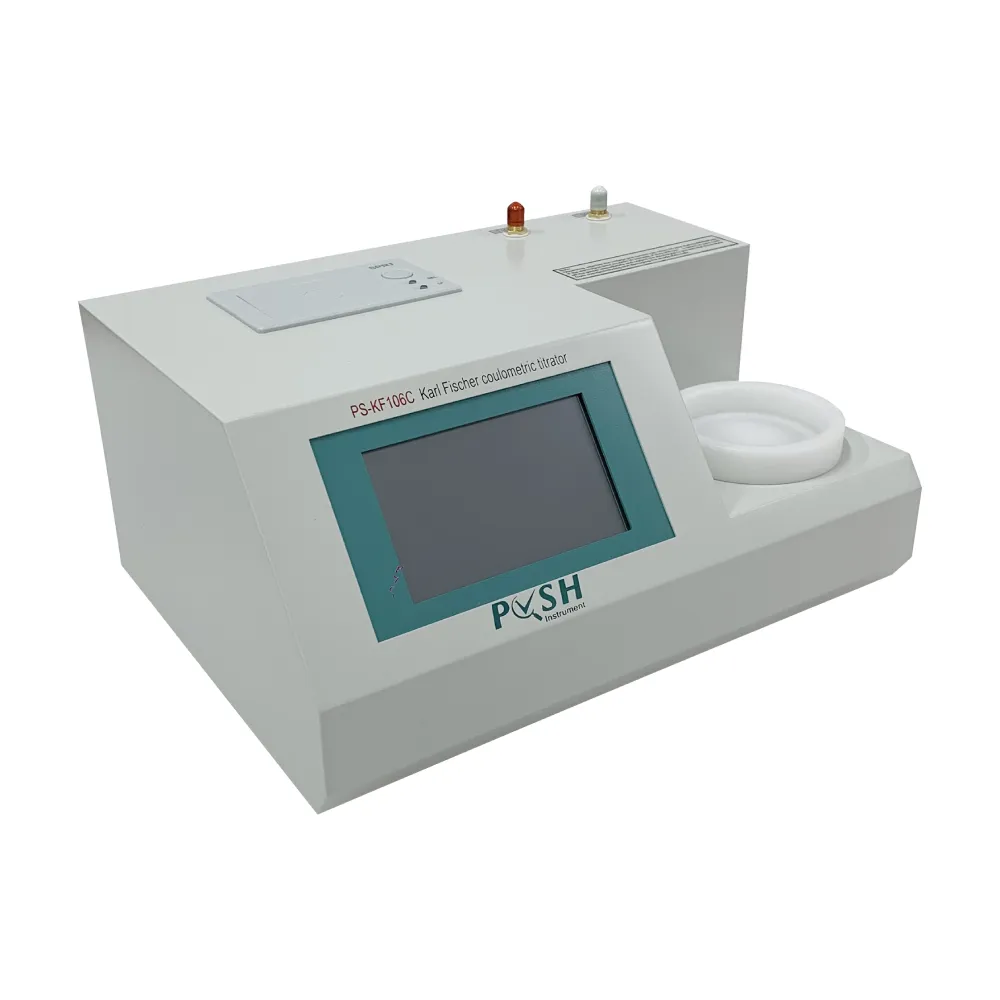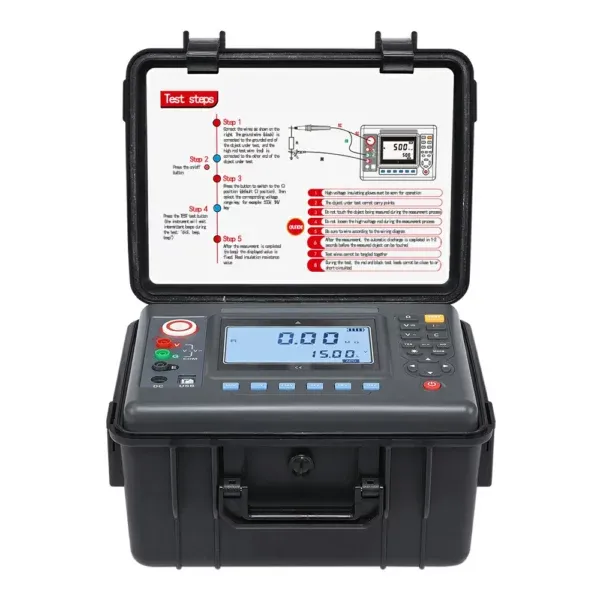TEL:
+86-0312-3189593
 English
English

Telephone:0312-3189593

Email:sales@oil-tester.com
2 月 . 11, 2025 15:07
Back to list
insulation resistance test of power transformer
Power transformers, crucial components in the electricity distribution network, function as the backbone of electrical systems, ensuring reliable voltage regulation across vast distances. Maintaining their operational safety and efficiency is imperative. A principal method to ensure their integrity is through the insulation resistance test—a procedure pivotal in assessing the health of the transformer's insulation system. This article delves into the intricacies of this test, providing seasoned insights from industry experts and technicians.
However, interpreting these results with authority requires experience. Seasonal moisture variations, ambient temperatures, and even altitude can influence the readings. Therefore, technicians should juxtapose current data with historical maintenance records to draw authoritative conclusions. Furthermore, the expertise of seasoned technicians is often leveraged to analyze anomalous readings. False negatives and positives are not uncommon and necessitate reinterpretation, factoring in external influences or instrument inaccuracies. In such cases, re-testing after implementing corrective measures, such as drying out the equipment, often provides a more trusted result. The significance of conducting regular insulation resistance tests lies in its trustworthiness as a diagnostic tool. Unlike other methods, it does not only reveal deterioration but also aids in predicting transformer longevity. This anticipatory maintenance approach empowers facility managers to initiate timely interventions, minimizing unscheduled outages and optimizing operational efficiency. To instill trust and deepen one's expertise, vendors and manufacturers regularly update technicians through workshops and technical bulletins about advancements in testing methodologies and equipment technology. This continuous learning ethos fortifies the credibility of the professionals conducting these tests, ensuring that the transformers are operating within safe parameters. In conclusion, the insulation resistance test is an indispensable procedure in the lifecycle management of power transformers. Its efficacy hinges on understanding the nuances of the testing process, interpreting the data with a seasoned perspective, and maintaining a robust preventive maintenance strategy. Through meticulous execution and judicious application of specialized knowledge, this test serves not only as a protective measure but as a critical component in the overarching strategy to maintain a reliable and efficient power distribution network.


However, interpreting these results with authority requires experience. Seasonal moisture variations, ambient temperatures, and even altitude can influence the readings. Therefore, technicians should juxtapose current data with historical maintenance records to draw authoritative conclusions. Furthermore, the expertise of seasoned technicians is often leveraged to analyze anomalous readings. False negatives and positives are not uncommon and necessitate reinterpretation, factoring in external influences or instrument inaccuracies. In such cases, re-testing after implementing corrective measures, such as drying out the equipment, often provides a more trusted result. The significance of conducting regular insulation resistance tests lies in its trustworthiness as a diagnostic tool. Unlike other methods, it does not only reveal deterioration but also aids in predicting transformer longevity. This anticipatory maintenance approach empowers facility managers to initiate timely interventions, minimizing unscheduled outages and optimizing operational efficiency. To instill trust and deepen one's expertise, vendors and manufacturers regularly update technicians through workshops and technical bulletins about advancements in testing methodologies and equipment technology. This continuous learning ethos fortifies the credibility of the professionals conducting these tests, ensuring that the transformers are operating within safe parameters. In conclusion, the insulation resistance test is an indispensable procedure in the lifecycle management of power transformers. Its efficacy hinges on understanding the nuances of the testing process, interpreting the data with a seasoned perspective, and maintaining a robust preventive maintenance strategy. Through meticulous execution and judicious application of specialized knowledge, this test serves not only as a protective measure but as a critical component in the overarching strategy to maintain a reliable and efficient power distribution network.
Previous:
Latest news
-
Differences between open cup flash point tester and closed cup flash point testerNewsOct.31,2024
-
The Reliable Load Tap ChangerNewsOct.23,2024
-
The Essential Guide to Hipot TestersNewsOct.23,2024
-
The Digital Insulation TesterNewsOct.23,2024
-
The Best Earth Loop Impedance Tester for SaleNewsOct.23,2024
-
Tan Delta Tester--The Essential Tool for Electrical Insulation TestingNewsOct.23,2024





